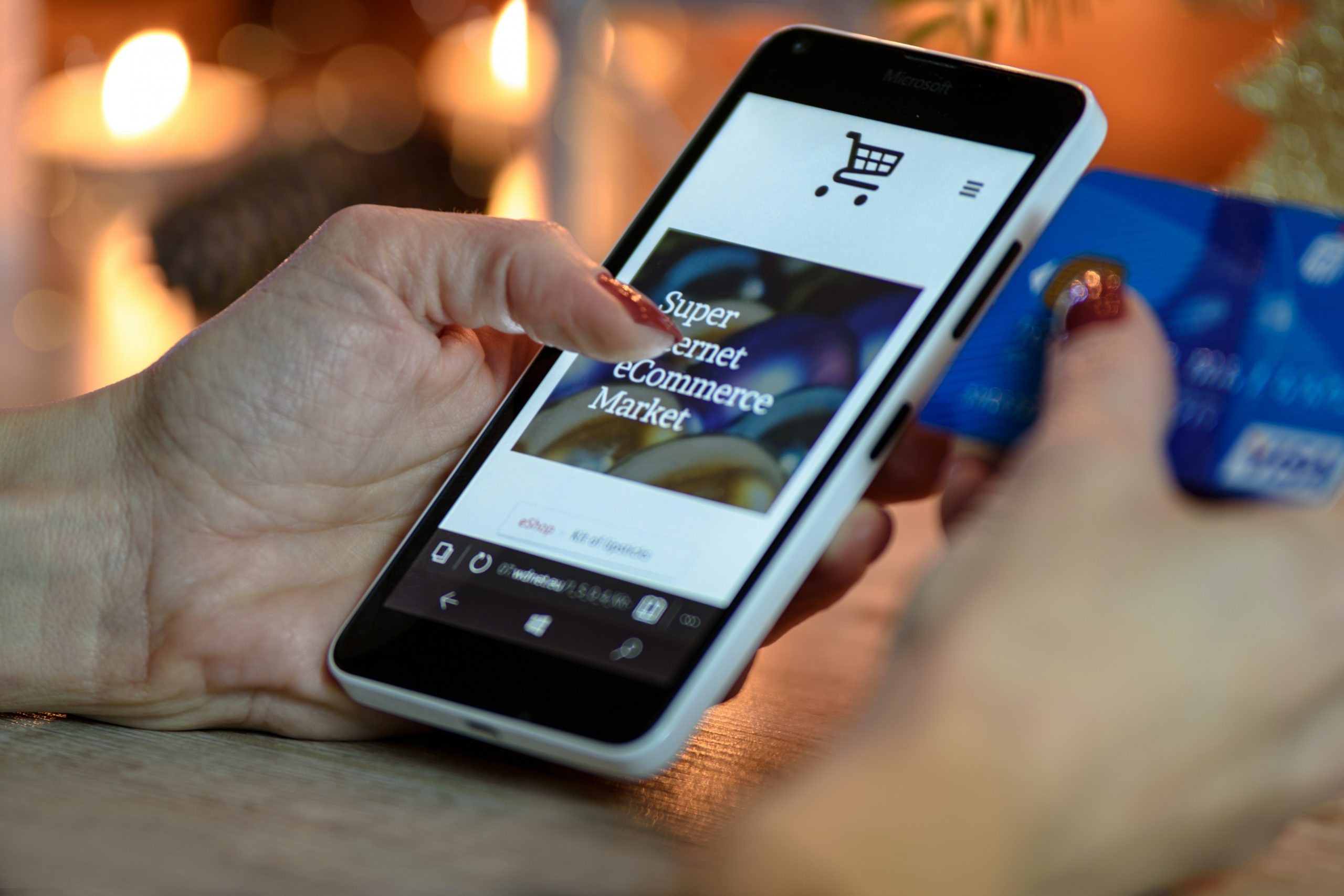Why queue up at the checkout in a brick and mortar store, when you can simply browse products online and go through checkout in minutes?
With e-commerce growing at a global level, an increasing number of customers prefer to shop online than offline.
Around the clock shopping access and a shift in customer expectations pushes retailers to adopt technology that meets consumer demands.
Many brick and mortar stores have taken their business online to attract customers with a buy now mindset.
But just like how a salesperson would cater to a customer’s needs in-store, your website needs to provide an enjoyable experience that mirrors the way consumers navigate the shopping journey.

This means you don’t need to come up with new ideas to sell to customers but rather focus on levers that will impact your business in a big way.
Few techniques you can implement in your business to increase your average order value include upselling and cross-selling.
Big e-commerce stores use these techniques successfully to add revenue to their bottom line. Way back in 2006, amazon reported 35% of its revenue comes from cross-sales and upsells.
Unfortunately, many smaller e-commerce stores refuse to integrate upsell and cross-sell options within their website.
They fear that they might come off as being too pushy or unethical. Or maybe they haven’t heard of this concept.
Whatever be the case, they’re leaving money on the table for every sale they make.
Just imagine, how much revenue you can bring in by providing additional value to your visitors.
Rather than acquiring new customers which comes with an added marketing cost, you can focus on selling higher-value products or complementary products.
This is because it’s far easier and cost-effective to market to a customer who is already browsing your store.
This extra revenue can be invested in increasing efficiency or improving customer service within your store, making you even more sales.
Whatever you decide, upselling and cross-selling can increase your revenue without any recurring costs.

Before I talk about how you can implement this for your business, let’s understand what upselling and cross-selling really means.
While the terms are used interchangeably, both offer distinct benefits to increase revenue and can be used in tandem.
Upselling is a sales technique where you sell a higher version of a product your customer is interested in.
An excellent example of upselling is portrayed by Dollar shave club. They present their kits in a side by side comparison so their customers can compare the benefits of each.
You can choose to buy a simple razor. But you can get a better razor that gives you a professional-looking shave in a few extra bucks.
Cross-selling, on the other hand, is a way of suggesting relatable products that compliment your customer’s initial purchase.
If you’ve been on apple’s website you’ll know what I’m talking about.
As customers move towards checkout, they are offered add on sale items – like accidental damage coverage, accessories, or even other lower value apple products.
By cross-selling, apple presents products to its customers which they would have considered purchasing anyways. But by showing it at the right time, they ensure they make a sale.
Successfully cross-selling and upselling often boils down to:
Understanding your customer’s needs
This one may come across as fairly obvious. If you’re a well-established store, you can conduct customer surveys, bring in focus groups, or hire other agencies who specialize in market research.
However, these options aren’t feasible for smaller businesses. So then how can you understand your customers’ preferences?

Here’s the trick: look at your customer’s purchase history, cookies, and browsing history to determine what items from your store you can upsell and cross-sell.
Based on this data, make recommendations to your future customers.
Showing your customers superior versions of a product, can better fulfill their needs and leave them feeling satisfied with their purchase.
If a customer on your website is purchasing a pair of leggings, think of what items you can successfully cross-sell that would make their purchase seem complete. Maybe a sweatshirt? Or a tee to complete the look?
Remember whatever you choose to sell, they must be relevant to the customer.

Test your offers and placements
The only way to know what strategy will result in a revenue boost for your business is to test it.
Start with displaying these recommendations where the customer is most likely to convert.
Amazon offers discount bundles by recommending two or more products that can be frequently bought together. This option raises the perceived value of the final product and makes it easier for their customer to add items to their cart.
You can also incorporate reviews of products when they are being presented to your customer.
Another way you can choose to position your offer is to incorporate products when your customer starts the checkout process.
People are impulsive buyers, so putting an upsell in front of their eyes when they are just about to purchase is more likely going to result in you getting the sale.
As you roll out different versions, be sure to check your conversion rates. Your conversion rates depend on your industry, the country you sell in, the price of your product among many other factors.
Try to aim for a minimum conversion of 2-3%. Only a small portion of your buyers will take you up on your offer, so if you aren’t getting an acceptable conversion rate, focus on improving that to get maximum value from your store.
If you don’t want the headache of manually implementing these techniques, you can automate this process.
Websites that use e-commerce platforms such as Bigcommerce, Magento, or Shopify, can add plugins to their store to take care of upsells and cross-sales.
Many of these plugins use artificial intelligence to deliver a personalized shopping experience to the end-user.

Conclusion
There you have it. It all comes down to offering value and helping your customers get what they want.
If they feel satisfied with their purchase, your store will generate a lot more sales and gain a loyal following.


